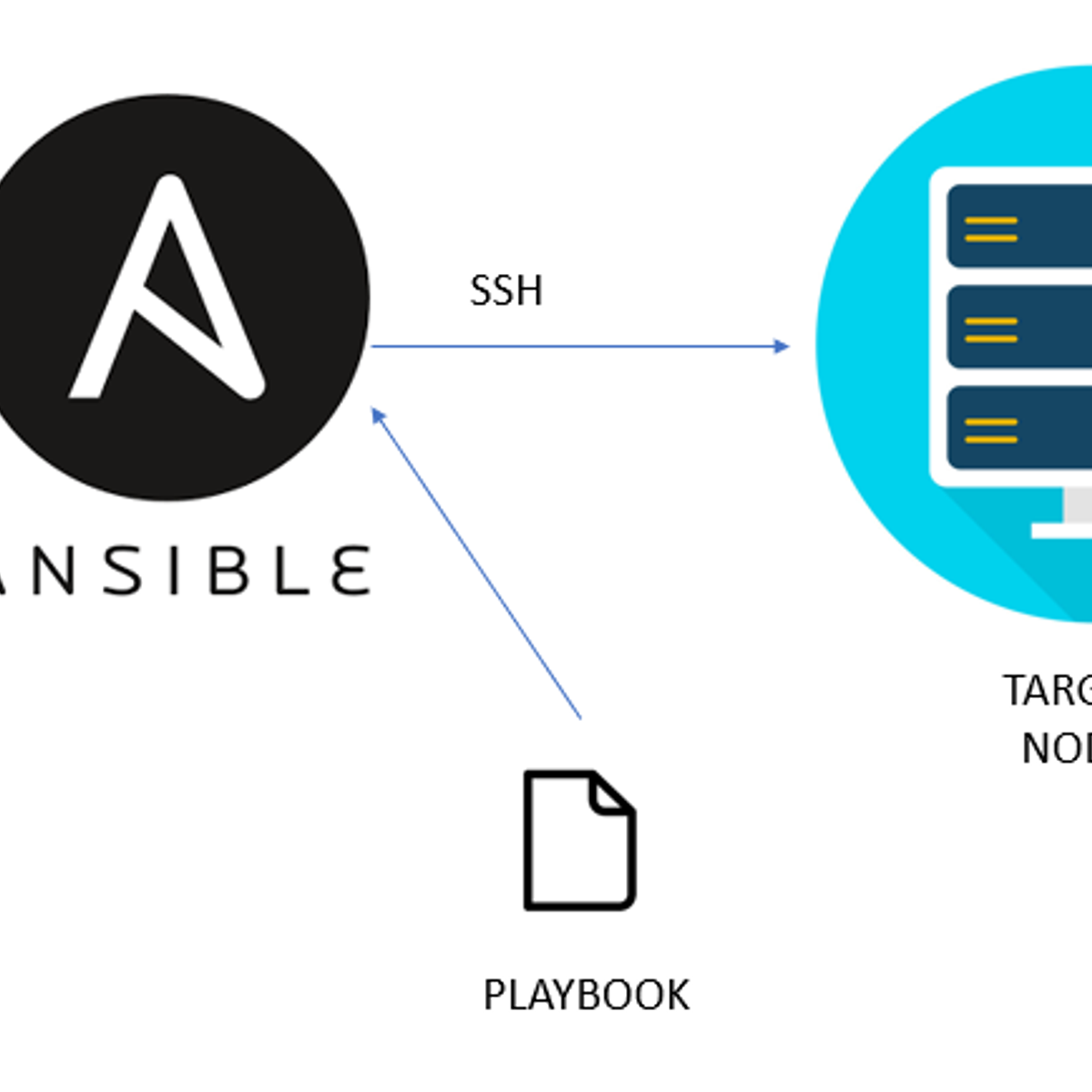Back to Courses









Computer Science Courses - Page 118
Showing results 1171-1180 of 2309

Deep Neural Networks with PyTorch
The course will teach you how to develop deep learning models using Pytorch. The course will start with Pytorch's tensors and Automatic differentiation package. Then each section will cover different models starting off with fundamentals such as Linear Regression, and logistic/softmax regression. Followed by Feedforward deep neural networks, the role of different activation functions, normalization and dropout layers. Then Convolutional Neural Networks and Transfer learning will be covered. Finally, several other Deep learning methods will be covered.
Learning Outcomes:
After completing this course, learners will be able to:
• explain and apply their knowledge of Deep Neural Networks and related machine learning methods
• know how to use Python libraries such as PyTorch for Deep Learning applications
• build Deep Neural Networks using PyTorch

Make a GraphQL Server with ExpressJS
Make a GraphQL Server with ExpressJS

Collegiate Esports and Career Planning
This course will be covering hot topics in the Esports industry. With Esports exploding in popularity over the last ten years, there are a lot of issues to discuss.
We will also be talking about collegiate Esports and career planning in order to understand all the different avenues and to examine the choices available for you as you pave your way through the Esports world. We will examine collegiate Esports, as that is generally the first step, but we will be covering general career planning too.
Functional Programming Principles in Scala (Scala 2 version)
Functional programming is becoming increasingly widespread in industry. This trend is driven by the adoption of Scala as the main programming language for many applications. Scala fuses functional and object-oriented programming in a practical package. It interoperates seamlessly with both Java and Javascript. Scala is the implementation language of many important frameworks, including Apache Spark, Kafka, and Akka. It provides the core infrastructure for sites such as Twitter, Tumblr and also Coursera.
In this course you will discover the elements of the functional programming style and learn how to apply them usefully in your daily programming tasks, such as modeling business domains or implementing business logic. You will also develop a solid foundation for reasoning about functional programs, by touching upon proofs of invariants and the tracing of execution symbolically.
The course is hands on; most units introduce short programs that serve as illustrations of important concepts and invite you to play with them, modifying and improving them. The course is complemented by a series programming projects as homework assignments.
Recommended background: You should have at least one year programming experience. Proficiency with Java or C# is ideal, but experience with other languages such as C/C++, Python, Javascript or Ruby is also sufficient. You should have some familiarity using the command line.

Introduction to Graph Theory
We invite you to a fascinating journey into Graph Theory — an area which connects the elegance of painting and the rigor of mathematics; is simple, but not unsophisticated. Graph Theory gives us, both an easy way to pictorially represent many major mathematical results, and insights into the deep theories behind them.
In this online course, among other intriguing applications, we will see how GPS systems find shortest routes, how engineers design integrated circuits, how biologists assemble genomes, why a political map can always be colored using a few colors. We will study Ramsey Theory which proves that in a large system, complete disorder is impossible!
By the end of the course, we will implement an algorithm which finds an optimal assignment of students to schools. This algorithm, developed by David Gale and Lloyd S. Shapley, was later recognized by the conferral of Nobel Prize in Economics.
As prerequisites we assume only basic math (e.g., we expect you to know what is a square or how to add fractions), basic programming in python (functions, loops, recursion), common sense and curiosity. Our intended audience are all people that work or plan to work in IT, starting from motivated high school students.

Ansible Basics & Installing WordPress on LAMP with Playbooks
This guided-project introduces you to Ansible automation and configuration management, provisioning, deploying, and managing compute infrastructure with Ansible.
By the end of this project, you will be able to set up, develop, and use Ansible to configure and automate your environment. In addition, you will learn to install WordPress on LAMP with Playbooks. This exercise will allow you to understand how to write, customize and apply Ansible Playbooks for automating and orchestrating software stacks.

Excel/VBA for Creative Problem Solving, Part 3 (Projects)
In this course, learners will complete several VBA projects. It is highly recommended that learners first take "Excel/VBA for Creative Problem Solving, Part 1" and "Excel/VBA for Creative Problem Solving, Part 2". This course builds off of skills learned in those two courses. This is a project-based course. Therefore, the projects are quite open-ended and there are multiple ways to solve the problems. Through the use of Peer Review, other learners will grade learners' projects based on a grading rubric.

Mastering Digital Twins
In this course, you will learn about Digital Twins fundamentals, how they represent a concept of integration for product-related data. The concept of digital twins is a response to the increasing digitalisation of product development, production, and products themselves.
Today's products are complex systems which are not only fulfilling their intended functions and quality but are also communicating via communication networks with other components, products, clouds, and services.
We are talking about smart products that integrate services into the products and are continuously supported.
Course chapters:
* What is it and who invented it?
* What can it be used for?
* Benefits to your business
* Industrial success stories
* Enabling technologies

Installing and configuring PyDev with Eclipse
By the end of this tutorial, you will learn how to set up Eclipse for developing python projects using PyDev Plugin.PyDev is a third-party plug-in for Eclipse, that enables Eclipse to be used as a Python IDE.
it provides things such as code completion and code analysis, a debugger, and an
interactive console. we are going to learn how to install PyDev and how we can use its cool features.

Security Principles
Welcome to course 1 of 5 of this Specialization, Security Principles.
After completing this course, the participant will be able to:
Discuss the foundational concepts of cybersecurity principles.
- Recognize foundational security concepts of information assurance.
- Define risk management terminology and summarize the process.
- Relate risk management to personal or professional practices.
- Classify types of security controls.
- Distinguish between policies, procedures, standards, regulations and laws.
- Demonstrate the relationship among governance elements.
- Analyze appropriate outcomes according to the canons of the (ISC)2 Code of Ethics when given examples.
- Practice the terminology and review security principles.
Agenda
Course Introduction
Module 1: Information Assurance
Module 2: Risk Management Process
Module 3: Security Controls
Module 4: Governance
Module 5: (ISC)2 Code of Ethics
Module 6: Course Summary
This training is for IT professionals, career changers, college students, recent college graduates, advanced high school students and recent high school graduates looking to start their path toward cybersecurity leadership by taking the Certified in Cybersecurity entry-level exam.
There are no prerequisites to take the training or the exam. It is recommended that candidates have basic Information Technology (IT) knowledge. No work experience in cybersecurity or formal education diploma/degree is required.
Popular Internships and Jobs by Categories
Browse
© 2024 BoostGrad | All rights reserved


